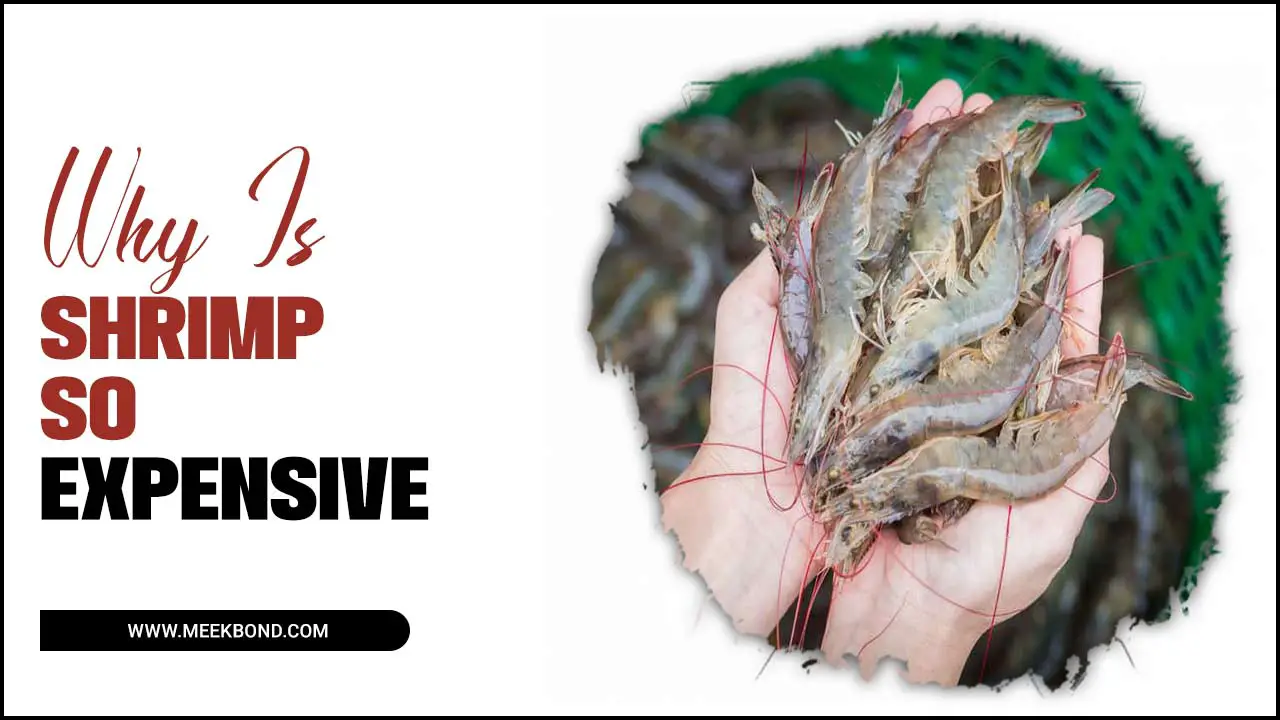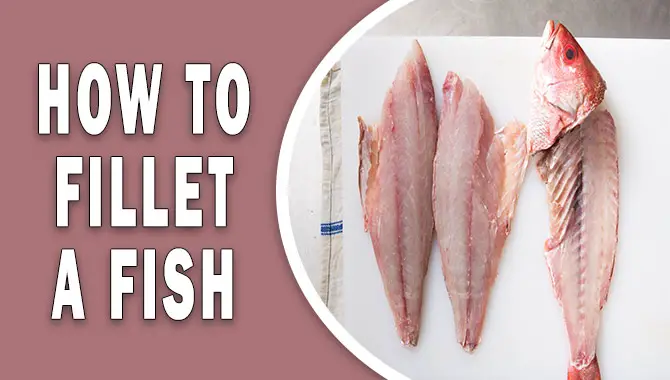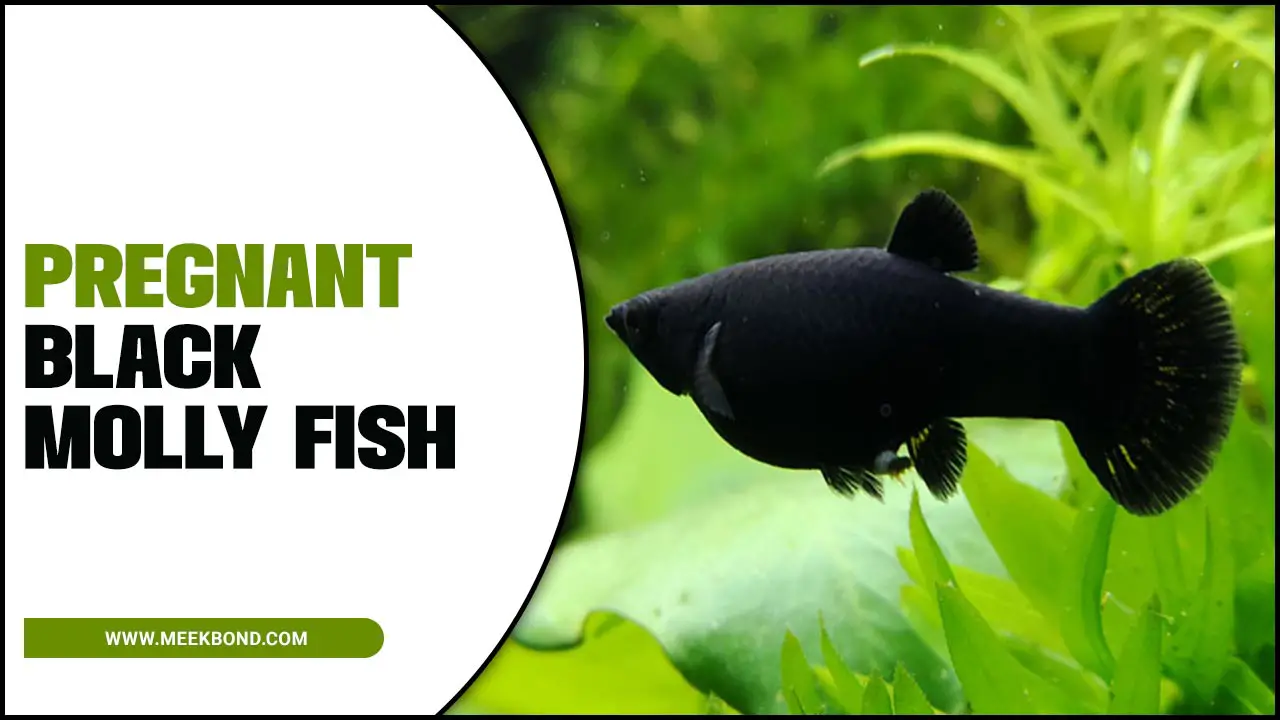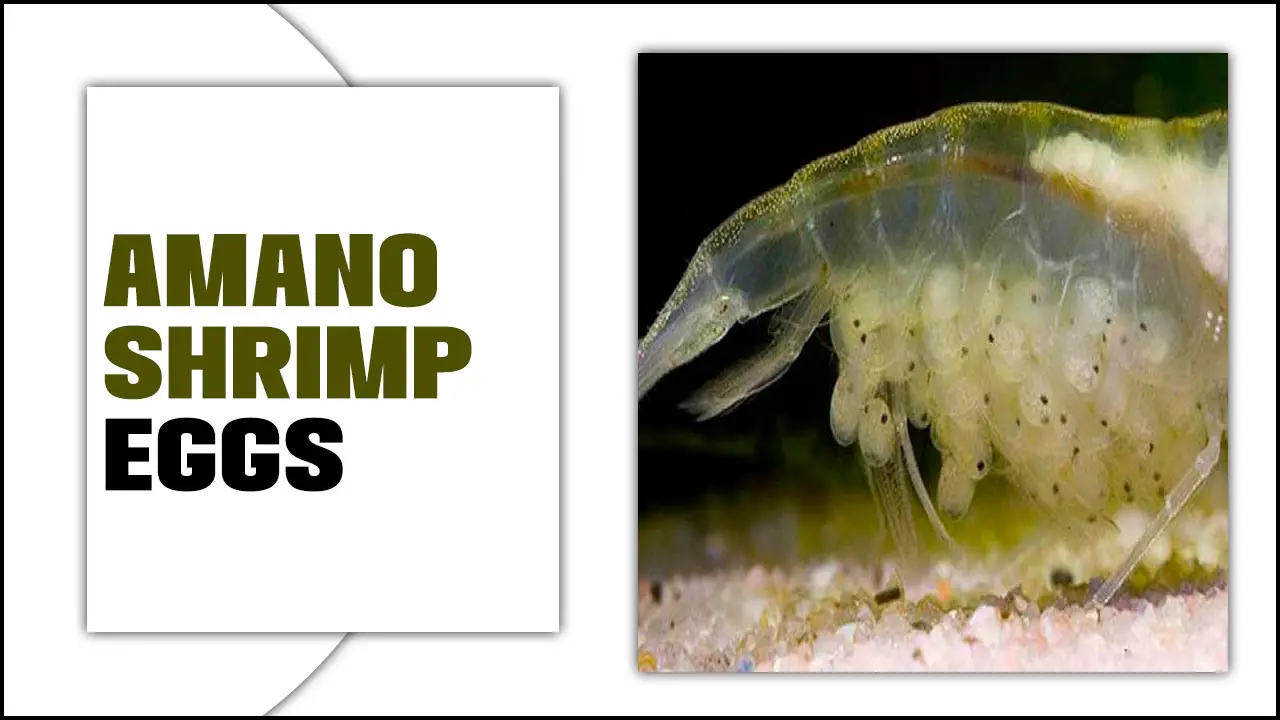Platy fish, or Xiphophorus maculatus, are popular freshwater aquarium fish. They are native to Central America and come in various colours, including red, yellow, orange, and blue.
Platy fish are easy to care for and are popular for their peaceful nature, making them suitable for community tanks. They are also livebearers, meaning they give birth to live young instead of laying eggs. Platy fish are omnivorous and will eat a diet consisting of flakes or pellets and live or frozen foods. With their vibrant colors and active nature, platyfish can be a beautiful addition to any aquarium.
Here we will provide you with the definitive answer to how many platies in a 10 gallon tank, and why it’s important to consider tank size when keeping fish. Keep reading to ensure your plates are happy and healthy.
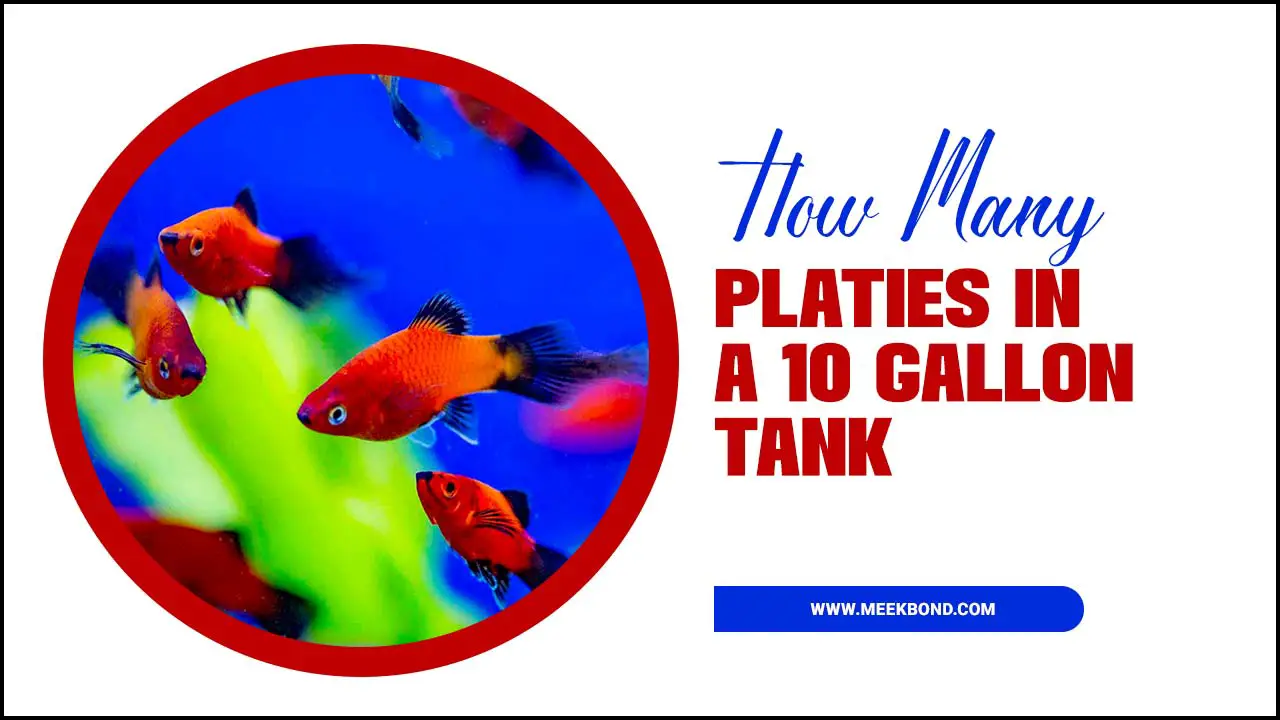
How Many Platies In A 10 Gallon Tank: The Definitive Answer
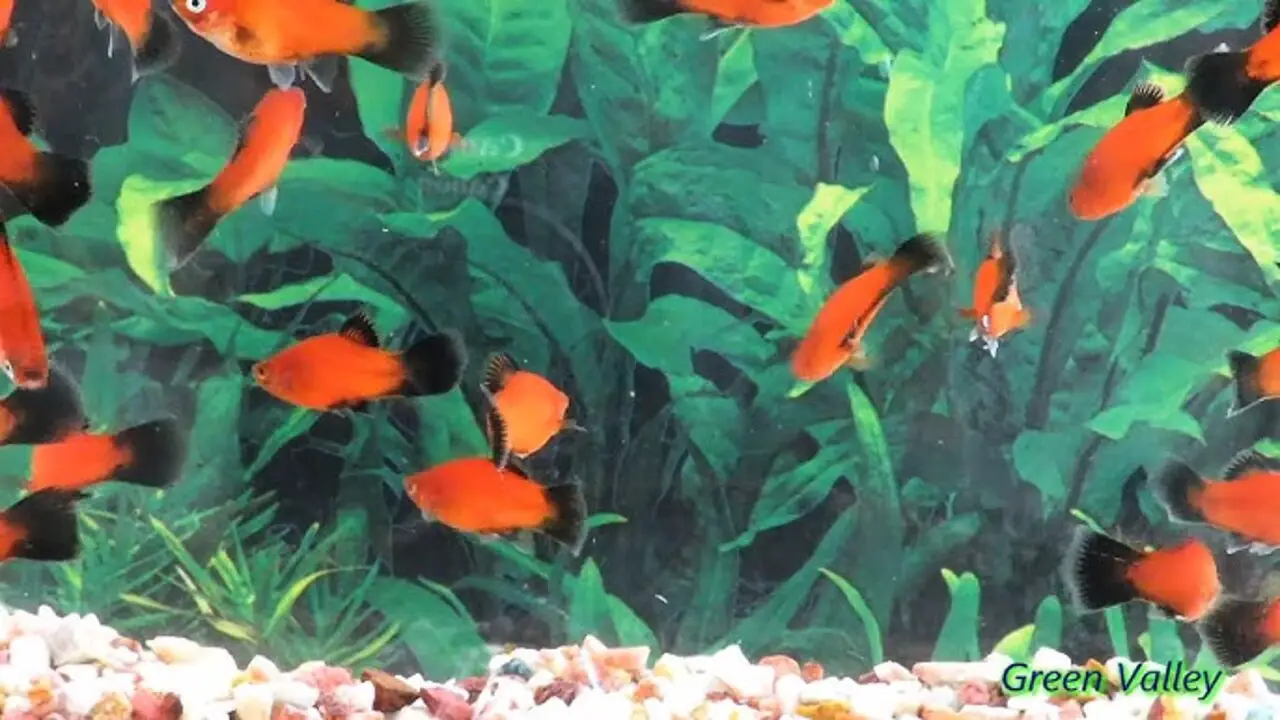
When determining how many platies in a 10 gallon tank, there are a few factors to consider. The general rule of thumb is to allow for 1 inch of fish per gallon of water, but this can vary depending on the type of fish and their behaviour. For small and peaceful freshwater fish like platies, limiting the number to 5 in a 10-gallon tank is recommended to prevent overcrowding and maintain good water quality.
It’s essential to regularly monitor water parameters such as pH levels, ammonia, and nitrate levels and perform regular water changes to ensure the health and well-being of your plates. Following these guidelines, you can create a suitable and comfortable environment for your platyfish to thrive in.
Importance Of Tank Size For Platies
The size of your tank plays a crucial role in determining the number of plates you can keep. Overcrowding can lead to stress and health issues for your fish, resulting in increased maintenance and potential loss. It is essential to consider the size and activity level of individual platies when deciding how many to keep in your tank. Proper water filtration and regular maintenance are vital for maintaining a healthy habitat for your plates.
Ideal Conditions In A 10 Gallon Tank For Platies
Platies, being active swimmers, require ample space to thrive. Maintaining good water quality and ensuring adequate filtration is essential in a 10-gallon tank.
You can create a natural environment for platies by adding plants and hiding spots. Regular water changes and monitoring of tank parameters, such as pH and ammonia levels, are crucial for the health of these freshwater fish. These guidelines allow platies to coexist peacefully in a community tank setting.
Consequences Of Overcrowding Platies In A Tank
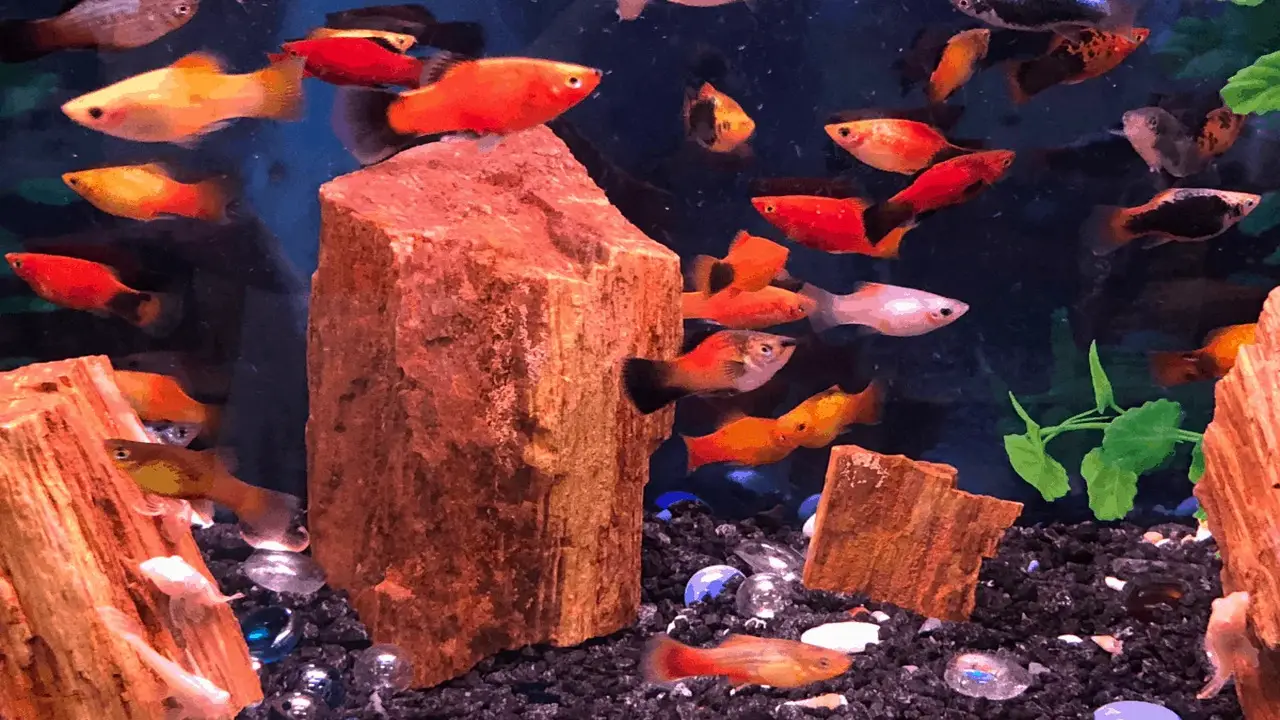
Overcrowding platies in a tank can have several negative consequences. Firstly, it can lead to poor water quality and increased stress levels for the fish. Aggressive behavior and dominance issues may arise when a small tank has too many plates.
Additionally, overcrowding can result in stunted growth and decreased lifespan for the fish. It is essential to thoroughly research and understand the platies’ specific needs and requirements before deciding on the appropriate number to keep in a 10-gallon tank. Adding too many fish at once can also cause a sudden spike in ammonia levels, leading to potential health problems.
Identifying And Resolving Overcrowding Issues
Overcrowding can harm platies, including stress, disease, and aggression. To avoid overcrowding, keeping 4-5 platies in a 10-gallon tank is recommended. Monitoring water quality, behaviour, and growth rates can help identify overcrowding issues.
To resolve overcrowding, options include upgrading to a larger tank or reducing the number of fish in the tank. Maintaining a well-maintained tank with appropriate stocking levels ensures healthier and happier platies. Ensuring enough space for platies to swim and providing hiding places and plants can create a harmonious environment.
Different Types Of Platy Fish
Platy fish come in different species, including the popular Mickey Mouse Platy, Twin-Bar Platy, and Red Wag Platy. Beginners often prefer these fish due to their hardy nature and ease of care.
While platies can thrive in a 10-gallon tank, the number of fish that can be handy depends on factors such as tank size and filtration system. It’s important to avoid overcrowding, as it can lead to stress and health issues for the fish. To ensure the well-being of platyfish, maintain proper water parameters and provide a balanced diet.
How Does The Type Of Platy Affect Tank Capacity?
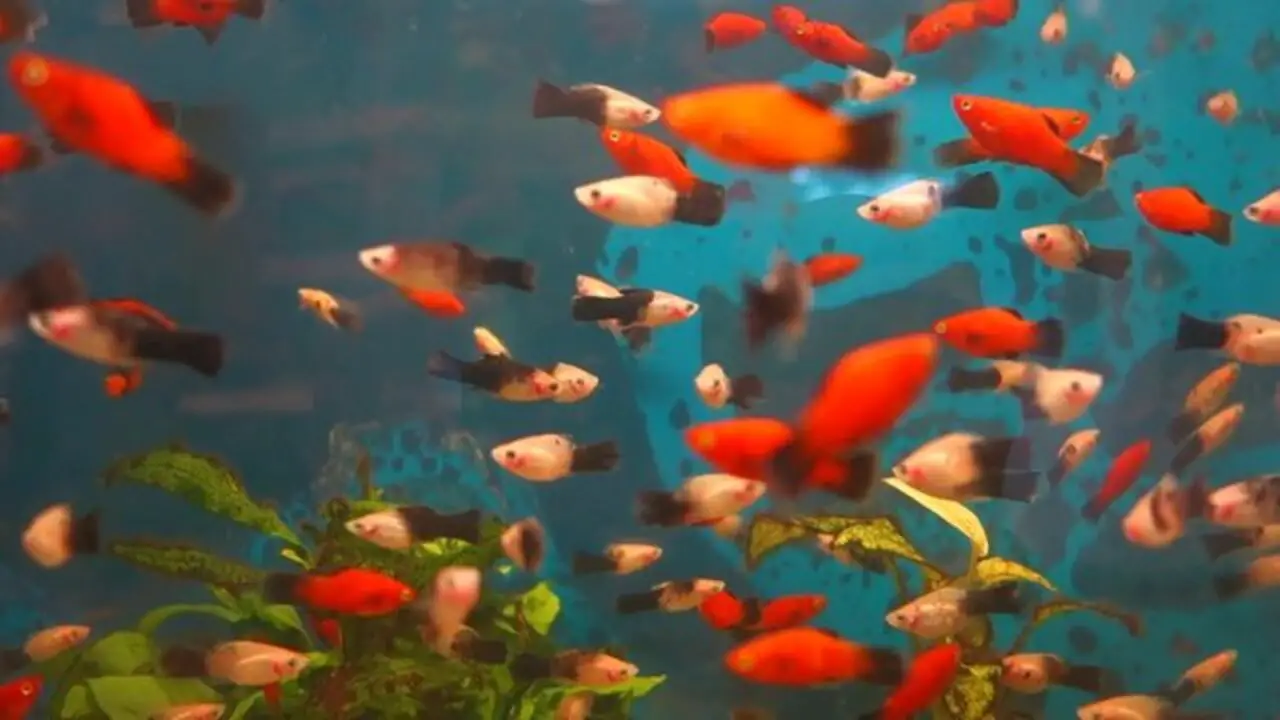
The type of platy that you choose can have an impact on the tank capacity required for their optimal care. Here are some ways in which different types of platies can affect tank capacity. By considering these factors, you can determine the appropriate tank capacity needed to provide a comfortable and healthy habitat for your chosen type of platy.
Size: Some platy varieties, such as the Mickey Mouse or Red Wagtail platy, can grow larger than other varieties. These larger fish will require more space in the tank to swim and thrive.
Number: The number of platies that you plan to keep in your tank will also affect the required capacity. Platies are social fish and prefer to be kept in groups, so it is recommended to have at least three to four platies in a tank.
Compatibility: Different types of platies may have different temperaments and compatibility with other fish species. It is important to consider the compatibility of your chosen platy variety with other fish in the tank to ensure a harmonious environment.
Effect Of Tank Mates On Platy Population In A Tank
The platy population in a 10-gallon tank can be influenced by several factors, including the tank’s size, filtration system, and the number and type of other fish present. Overcrowding should be avoided as it can lead to stress, aggression, and health issues for the platies and their tank mates.
The sex ratio and breeding habits of the platies can also impact their population. To maintain a healthy platy population, choosing compatible tank mates such as small schooling fish or peaceful bottom dwellers is important. You can help create a harmonious and thriving community tank by selecting the right tank mates.
Selecting Compatible Tank Mates For Platies
When selecting tank mates for plates, it’s important to consider their size and temperament. Platies generally get along well with peaceful fish like tetras, guppies, and corydoras. These species share similar water requirements and are unlikely to cause any harm to platies.
On the other hand, aggressive fish such as bettas and cichlids should be avoided as tank mates, as they may harm or stress out the plates. Since platies are social creatures, keeping them in groups of three or more is recommended. However, overcrowding should be avoided, as it can lead to unhealthy living conditions for all the tank inhabitants. Following these guidelines can create a harmonious and thriving community tank.
Breeding Platies In A 10 Gallon Tank
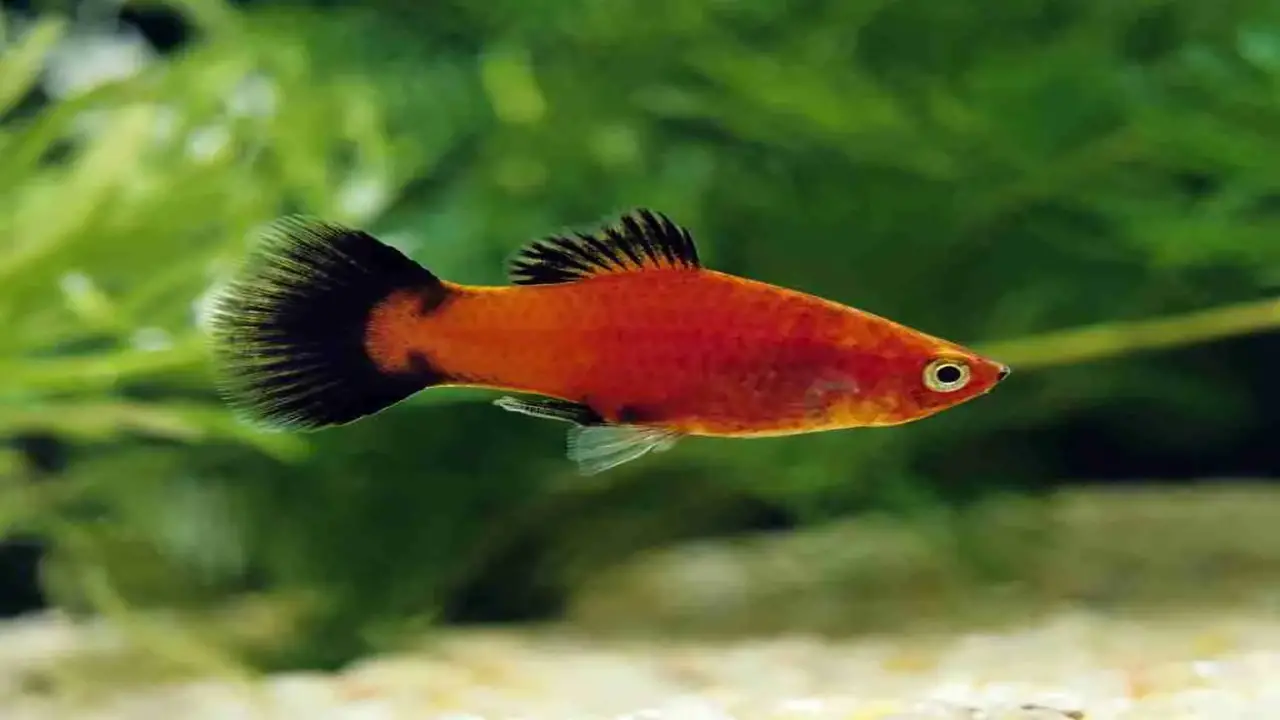
Breeding platies in a 10-gallon tank requires careful consideration to ensure the health and well-being of these popular beginner fish. While the tank size is suitable for breeding, overcrowding should be avoided to prevent health problems.
Remember that platies are social fish and should be kept in groups of 3-4. Female platies can give birth to up to 100 fry at a time, so it’s essential to plan for the necessary space and food for the offspring. Regular maintenance, proper feeding, and monitoring of water quality and temperature are crucial for the overall health of your plates.
How To Handle A Growing Platy Population?
Managing a growing platy population can be challenging, but there are several steps you can take to keep the situation under control. Upgrading to a larger tank can provide more space for the fish to swim and reduce stress levels.
Introducing natural predators like angelfish or guppies can also help regulate population growth. Giving away or selling excess platies is another option that can benefit other aquarium enthusiasts while reducing overpopulation in your own tank. Finally, adjusting feeding habits by regularly providing smaller portions of food can prevent overconsumption and maintain a healthy balance in the tank.
How Do Platies Respond To Different Tank Sizes?
Platies are versatile fish species that can thrive in tanks of various sizes. While smaller tanks may lead to more territorial behaviour, larger tanks provide ample space for platies to swim and be more active. However, regardless of the tank size, ensuring proper filtration and enough space for their well-being is essential.
Providing an appropriate environment with hiding places and plants can also help reduce stress levels in these friendly fish. Additionally, maintaining water quality by performing regular water changes and monitoring ammonia and nitrate levels is crucial for their health. By providing a suitable tank environment, platies can live long and healthy lives in captivity.
Conclusion
The number of plates you can keep in a 10-gallon tank depends on various factors like the size and type of platies, tank conditions, and the presence of tank mates. It is essential to provide ideal conditions and avoid overcrowding to ensure the health and well-being of your plates. Remember that platies are social fish and thrive in a community setting.
If you plan on breeding platies, consider the growing population and have a plan to handle it. Remember to research the specific needs of each type of platy and select compatible tank mates. By understanding and meeting the requirements of your plates, you can create a thriving and harmonious aquatic environment. Hope now you understand how many platies in a 10 gallon tank.
Frequently Asked Questions
How Many Platys Should Be Kept Together?
Platies are social fish and thrive in groups of at least 3. In a 10-gallon tank, you can comfortably keep up to 5 plates. Overcrowding can lead to stress and health issues, so monitoring the number of fish is crucial. Maintain a healthy environment with regular water changes and proper filtration.
How Much Fish Can I Put In A 10-Gallon Tank?
A 10-gallon tank can hold up to 10 inches of small fish like platies or tetras, following the general rule of one inch of fish per gallon. Overcrowding the tank can lead to poor water quality and stressed fish.
What Is The Maximum Size Of A Platy Fish?
Platy fish typically reach a maximum size of around 2.5 inches, making them an ideal choice for small aquariums. However, it’s important to avoid overcrowding to maintain water quality and ensure the well-being of your plates.
What Size Tank Do You Need For 2 Platies?
To provide a comfortable and healthy environment for two platies, a minimum tank size of 5 gallons is recommended. However, a 10-gallon tank can accommodate up to 3 plates for better space and movement.
Are Platys Suitable For A 10-Gallon Tank?
Platys can be suitable for a 10-gallon tank, depending on the species and the number of fish. A 10-gallon tank can accommodate up to 5 platys, ensuring they have enough swimming space.

Aquarium passion is all about connecting with the aquatic life and providing education to the public on the importance of these creatures. We showcase a wide variety of marine life through our exhibits as well as working with schools to provide unique learning opportunities for students of all ages.

